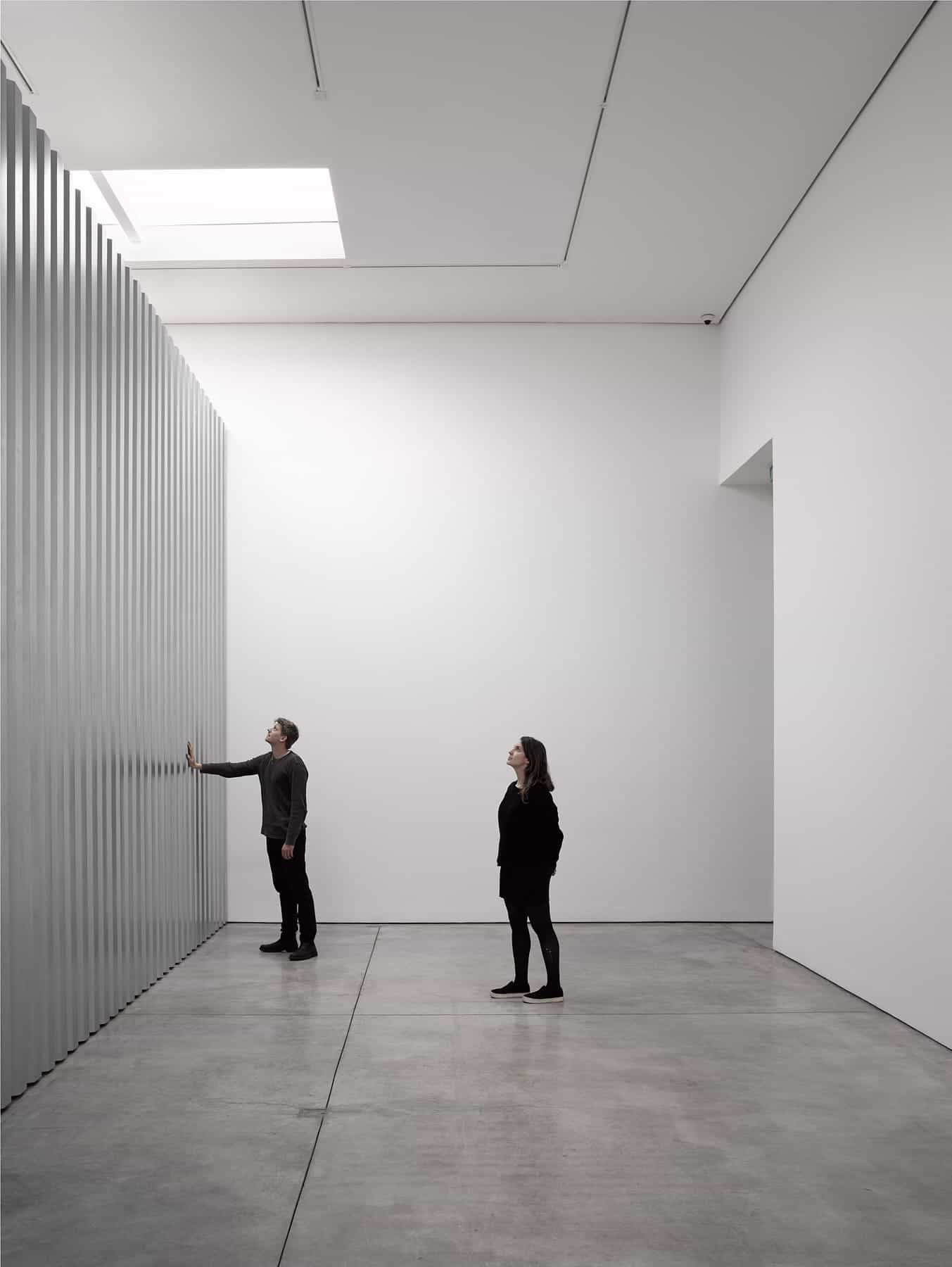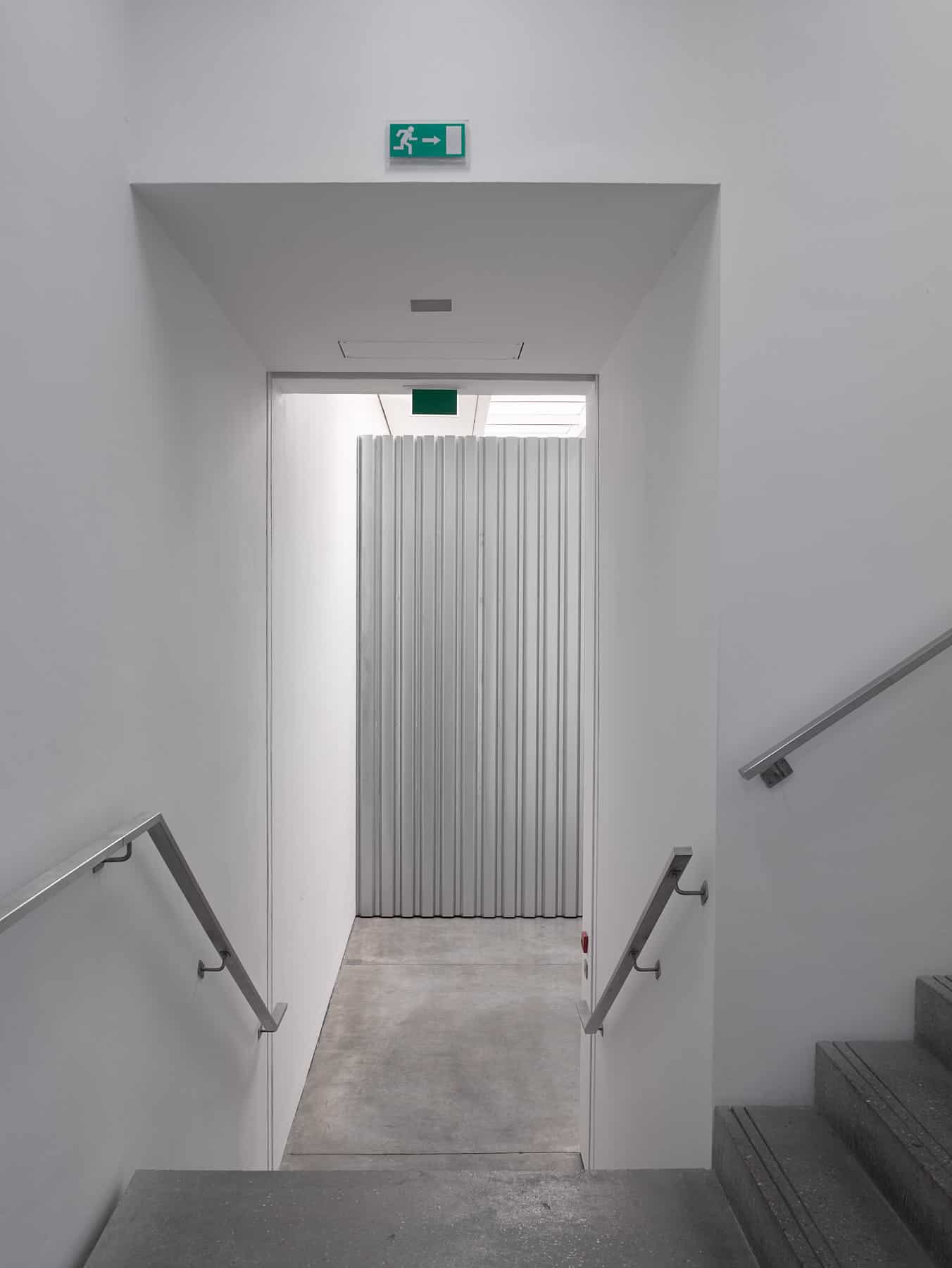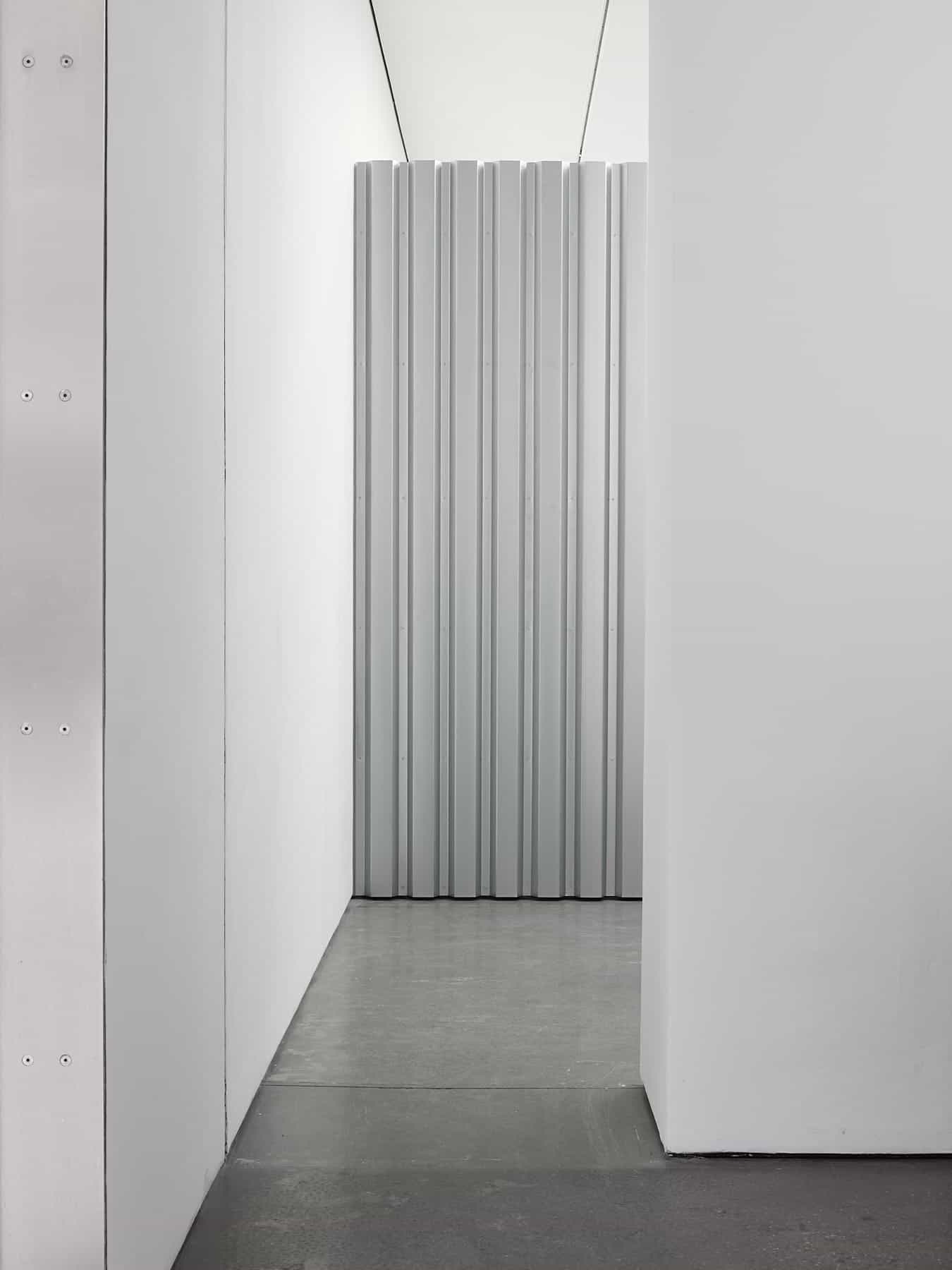Mirosław Bałka, one of Poland’s most well-known contemporary artists, made a name for himself with his 2009 Tate Modern Turbine Hall commission How It Is. His splendid intervention awed the critics and made a real impression on visitors of Tate. Named art’s poet by the press, his work was commended as one of the best installations ever shown in the Turbine Hall. From that moment, he has had many group and solo shows in the UK. Bałka is represented by the prestigious White Cube, which has its origins in the Young British Artists (YBAs) movement and Random Access Memory is his most current exhibition.
I arrive at the White Cube on the day of the exhibition’s private view. The gallery is crowded. I can hear someone asking whether the artist is coming to the gallery that day. I look around and, after a while, I can clearly see that something here is different. The space looks different. His works are installed in two different rooms, however they both look similar. What differs them are titles, which are the dimensions of the metal sheets used (338x647x338 cm and 457x1114x457 cm). For his Random Access Memory exhibition, Bałka again decided to make a radical artistic gesture, which made two-thirds of the gallery spaces inaccessible to the viewers. He did so by installing zinc coated steel sheets, which divide both of the spaces, blocking them partially, and transforming them into something rather claustrophobic and intimidating.
People are touching the sheets and I am instructed by one of the members of the gallery staff to touch them too. I reach out to touch the metal suspiciously and I can feel that it is warm. Although at first it feels nice, and the warmth of metal walls suggests safety and comfort, after a few minutes I can feel a growing sense of unease. The space is getting really warm. The steel sheets installed by Bałka are heated to 45 degrees Celsius, not accidentally. 45 degrees is the temperature at which blood will coagulate and enzymes denature, as stated in the press release. It is a point of danger, from which there is no turning back. Changes in internal organs’ functions, after the body reaches 45 degrees, would be permanent.

Miroslaw Balka, Random Access Memory, 25 January – 9 March 2019 © Miroslaw Balka. Courtesy White Cube (Theo Christelis)
If one wants to escape, there is only one way to go, through the entrance. Steel sheets span the entire width of each space and almost their entire height. At the top of them, a one-metre gap remains, but there is no way one can see what is behind the walls. Perhaps that space is empty? Perhaps Bałka installed another work there? We will never know. He is playing here with the visible and the invisible, security and danger. And even if his work is ascetic and minimalist, there is so much to draw from it.
Of course, one of the references that comes to mind first is the one to Trump and his border wall. Then we start to think about Brexit, the global warming crisis and the overall condition of our society. We build walls where we can, forgetting about the fact that we were demolishing them together only 30 years ago. Each person can interpret these two installations shown at White Cube differently, but one thing is clear: this is a warning. Bałka says that we have been here before and we did not learn a lesson from all of this. His work, through encouraging the viewers to touch it, might be also interpreted as an invitation to be a part of the collective experience.

Miroslaw Balka, Random Access Memory, 25 January – 9 March 2019 © Miroslaw Balka. Courtesy White Cube (Theo Christelis)
The title of the exhibition, Random Access Memory, refers to a form of computer data storage that stores currently used data. Bałka’s raw installation asks us to remember, to store every important piece of information and to safeguard it. It suggests that in the current political climate accessing memory and history is harder than ever. Everything that we encounter can be manipulated and our access to information denied. His work is multi-layered and contemplative, yet reduced to the simplest forms and means of expression. Maybe in these times of excess, the excess of both visuals and unverified information, which often takes a form of fake news fomenting to violence and hate, Bałka’s work is exactly what we need?
It is radical and modest at the same time, but its biggest power lies in its multi-layered nature, which enables us to interpret it in many different ways and on many different levels. Bałka’s newest installation allows us to stand in front of the wall and to face it together, but then it asks the question: are we going to be that enthusiastic standing in front of another wall, but this time alone?
Edited by Lisa Barham
Miroslaw Balka
‘Random Access Memory’
White Cube Mason’s Yard
25 January – 9 March 2019











